Tunisia - A profession of the future: insect breeder
Until some time ago, insects were fought and treated as parasites and enemies causing serious damage to crops, animals and humans. Whether at home, in the garden or in the fields, in front of these critters one felt disgust, fear and repugnance. We were trying to get rid of it with increasingly stronger and more effective chemicals. Cockroaches, ants, lice and fleas, crickets, wasps and other insects damaged our health, our well-being and destroyed our crops and our food. The palm weevil introduced into Tunisia a few years ago is wreaking havoc in the Tunis region and represents a serious threat to our palm grove. Significant efforts and human and material resources are used to limit the spread of this pest which completely destroys the palm tree.
In recent years, we have realized that these insects can be domesticated and used differently and more advantageously.
Various uses of insects
Insects can be used for biological control. Indeed instead of using pesticides that can harm human health, it is possible to use insects to kill other harmful insects. Many examples already exist and quite commonly and increasingly in organic farming. For example, there is the case of the ladybug which can be released into crops to fight aphids. The ladybug loves aphids and eats large quantities. A release of ladybugs in a greenhouse of peppers or tomatoes gets rid of all the aphids in a more effective way than pesticides. Nowadays specialized laboratories breed ladybugs and sell them to farmers. The use of sterile males (by irradiation) has made it possible to significantly reduce the numbers of the fruit fly, especially on citrus fruits in Cap-Bon. Many other insects are used to control various other plant pests and pests.
Farmed insects are also used for laboratories to test the effectiveness of newly developed insecticides before marketing. Medical research laboratories study the use of insects for the development of drugs to treat various pathologies. Some are studying the use of wasp venom to cure types of cancer. Brazilian wasp venom appears to attack the membranes of cancer cells. The Meloidae (beetles) secrete a substance, cantharidin, which helps relieve the pain of people suffering from kidney stones and urinary tract infections. This substance can also be used to destroy viral and carcinogenic cells. Treated bee venom used in acupuncture can soothe rheumatic pains. Forensic police commonly use observations of the stage of development of housefly larvae on dead bodies to estimate the approximate date of death of the person in question.
Insects play an important role in the pollination of plants. It is estimated that 85% of edible plants depend on pollination by bees. Without bees and other pollinating insects, fruit and vegetable harvests would be seriously affected and greatly reduced. Insect larvae (are used as bait for fishing fish. (especially butterflies). The cocoon of the silkworm is used for obtaining silk thread and making expensive and fine silk lingerie. Insects can also be raised to feed certain wild insectivorous animals kept in breeding in zoological parks, laboratories, etc. (Chameleons and lizards, birds, hedgehogs, etc.) Finally, insects can be an important source, especially of proteins for animal and human food.
Use of insects in human food
For a long time, man has been consuming honey from bees, renowned for its nutritional qualities and health benefits. Red scale insects produce a red dye
(carminic acid) which is used in the manufacture of lipstick and as a natural colorant in many food preparations under the name E 120.
Since creation, man has fed himself by gathering fruits, herbs, hunting and certainly insects. From a hunter, the man later converted into a farmer and later, thanks to domestication, into a breeder. However, man continued to occasionally consume insects. The world of insects has about 900,000 species, of which 1,400 are considered edible species that can be tasted without danger. Among the most consumed insects, especially in Africa, there are grasshoppers or locusts. For a very long time, swarms of locusts have represented a real threat to crops and therefore to populations in Africa, the Middle East and Asia. These critters travel by the millions and quickly destroy thousands of hectares of crops. The desert locust goes through two phases. A solitary phase where the locust lives alone and goes unnoticed. As soon as the conditions are unfavorable (drought, lack of food), the locusts gather in swarms of millions of individuals, fly and move in search of food. Locusts are so numerous that they form impressive clouds sometimes covering large areas and darkening the sky. They land on the crops which they completely destroy. The females lay several eggs and resume their journey and new damage. The eggs in turn hatch, the very voracious larvae begin to eat everything they find, undergo several moults to reach the winged adult stage. . Following the serious dangers caused by the locusts, the FAO has a whole network for observing the situation of the locusts in the different regions and regularly publishes information bulletins on the situation, alerts and calls for treatment if necessary. Since the beginning of this month of February, the Locust Observatory of the FAO has reported large migratory swarms of locusts in East Africa (Ethiopia, Kenya and Somalia), Saudi Arabia and Egypt which raise the specter famine in these regions.
For the populations, these swarms of locusts represent a certain curse given the damage to crops they cause. They are also an opportunity to capture and consume them. These insects are collected and sold on local markets and are often the subject of commercial transactions. These insects are prepared in several ways, boiled, fried, dried in the sun... proteins. It should be noted that the three monotheistic religions (Islam, Christianity and Judaism) authorize the consumption of these insects.
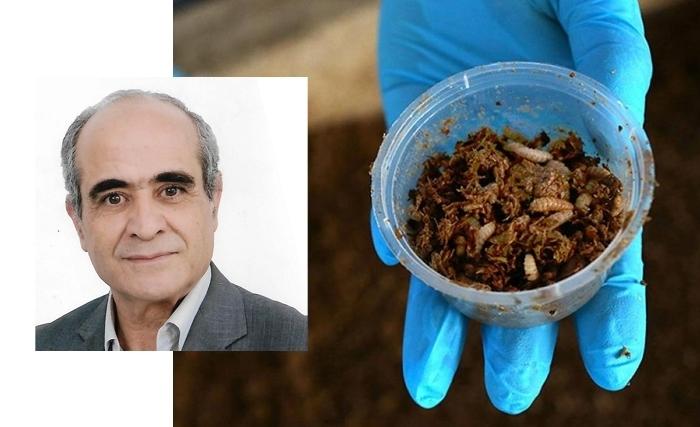
Many populations, especially in Africa and Asia (China, Japan, Thailand, Korea, etc.), have been consuming all kinds of insects for a very long time, including spiders and scorpions. More than two billion people in the world regularly consume insects. In Asia, the giant water bug, the silkworm chrysalis, ants... are very popular and eaten fried, in sauces, omelettes... Apart from their contribution in proteins, vitamins, minerals... the consumption of insects seems to allow combat rheumatism and immune system disorders. The larva of the red palm weevil is highly appreciated by certain African populations. It is directly chewed or used in various culinary preparations.
In the West the consumption of insects is uncommon. It faces cultural prejudices, disgust and psychological blocks from consumers. With the increasing refusal of the consumption of meat and curiosity, the trend is starting to reverse. The consumption of insects is gradually starting to take hold. Everywhere in the major capitals, great restaurants and prestigious cooks and pastry chefs began to prepare dishes and cakes embellished and decorated with insects. Confectionery and lollipops and candies containing edible insects are marketed. Snacks and appetizers for aperitifs made of grilled or fried insects are sold in supermarkets.
The breeding of edible insects is beginning to develop. Some, to circumvent the consumer's psychological barriers, opt for the grinding of insects to include them in biscuits, energy chocolate bars, pasta, flour, various cakes... Others think that it is first necessary to use the flours of insects in animal feed and then in a second step move on to human food. Already some dog and cat foods in Europe contain a significant proportion of insect meal. The EU authorizes the use of insect meal (considered as animal meal) in the feed of farmed fish.
Why breed insects?
It is possible to harvest insects from the wild. However, with the widespread use of pesticides in the fields, it is by no means certain that these insects do not carry traces of toxic chemicals. Moreover, there is no guarantee on the nature of the food consumed by these insects and finally, it is difficult to find large quantities of insects and above all it would be much more expensive to look for them, collect them and find them. all year. For these reasons, it is more convenient to raise them.
How to plan for retirement when you are 30s | What we have to do in your 20s - Finance management: https://t.co/VRYvKWeyQf
— Dakshu purushotham Thu May 28 03:02:14 +0000 2020
Insects have many advantages in animal husbandry. Their multiplication is very fast, the interval between generations being very short. They are hardy and undemanding organisms and their breeding is very easy. They take up very little space and you can grow thousands of them in a very small space. They feed on waste and by-products that are not valued by humans. Insect protein is well balanced, of very good quality and contains all the essential amino acids.
The main advantage of insects lies in the good valorization of the food. Indeed they are heterotherms (whose internal temperature varies according to the ambient temperature as opposed to homeotherms whose internal temperature is fixed as in the case of birds, mammals, etc.). As a result, the food is not used for thermoregulation, it is entirely used for growth and reproduction. The transformation of the food is therefore the most efficient, even more so than with chicken. This has a positive impact on the cost price. In addition, insects are fully valued while the slaughter yield of animals is 50 to 60%. A 400 kg calf gives barely 200 kg of meat, a 2 kg chicken gives 1.3 kg of meat. Finally, insects cannot transmit diseases that can be transmitted to humans like animals.
At the end of the breeding period, the insects or larvae are killed (in hot water or by freezing), dried and ground. We thus obtain a fatty flour, rich in proteins from which we can extract an oil rich in Omega 3. This oil can be used as biofuel or for animal feed (chicken, farmed fish, etc.), cooking and human consumption, industry, pharmacy, cosmetology, etc. The remains of insects represent an interesting fertilizer and can be sold to farmers as manure.
Insect farming respects the environment
Unlike raising domestic animals, raising insects requires few resources (water, land and energy). It releases very few greenhouse gases. This breeding makes it possible to recycle organic waste little used by man. The insects are fed with crop residues, food surpluses and the agri-food industry. The products (flour, oil, manure) are free of chemical residues.
The FAO encourages the breeding and consumption of insects. The idea is that with population growth (we will be almost 10 billion on earth by 2050 whereas we are currently only 7.7 billion), the earth will probably no longer be able to provide food for all its inhabitants in addition to all the livestock that must also be fed. Conventional livestock farming occupies a lot of land (for fodder and grain crops, rangelands and pastures) and consumes a lot of water and energy. Large animals (cattle and even sheep and goats) value food very poorly, which explains the high prices of red meat. Poultry farms are big consumers of corn and soy. The breeding of insects represents an excellent alternative to meat while preserving the environment and the purchasing power of the consumer.
Modern breeding of edible insects
Over the past few years, start-ups and companies have started farming, processing and marketing insects. The species most used for breeding are: crickets, crickets, grasshoppers, mealworms, black flies and mealworms. All these insects feed on plants and greenery. In Tunisia, a Franco-Tunisian start-up "NextProtein" based in the Nabeul region, started in 2015 in the breeding of the black soldier fly from organic waste, mainly fruits and vegetables available in the region and the transformation of the larvae into flour and oil.
Elsewhere, in France, Belgium and the Netherlands, entire sectors bringing together producers, processors, users and exporters/importers are beginning to structure and organize themselves. Unions and federations are active in defending the interests of their affiliates. The European Union considers insect meal like any other animal meal. It can only be used in aquaculture or for pets (mainly dogs and cats). Use for other animals (especially poultry and pigs) is not yet permitted.
Although the commercialization of insects for human consumption is not yet officially authorized for safety reasons, it is nevertheless tolerated.
The health authorities currently believe that there are certain uncertainties about the health risks associated with the ingestion of insects. These risks are both chemical (presence of pollutants, heavy metals, etc.) and microbiological in relation to pathogens likely to contaminate humans. Insects from farms are controlled and fed with natural food. They are raised in a clean and healthy environment. They are therefore healthy and free of contaminants. It is likely that the ban on marketing insects for human consumption will soon be lifted.
The price of products from insect farming are relatively higher than traditional products (fishmeal or meal and soybean oil), however the environmental benefits are in favor of insect farming. It should be remembered that corn and soybean meal used for breeding are mainly GMOs (Genetically Modified Organisms) whose safety for consumer health and the environment has not yet been demonstrated. It is very likely that large firms and research laboratories will be interested in the future in the breeding of insects and the possibilities of intensifying this breeding to reduce production costs, as was the case with poultry and other domestic animals (selection of highly productive insect strains, determination of a balanced diet, specialized breeding and collection equipment, rational breeding techniques, etc.). Manufacturers, cooks and pastry chefs will certainly get started to innovate and create new insect-based products. Legislation must regulate the breeding, processing and use of insects to protect consumer health.
The future of insect farming in Tunisia
In Tunisia, population growth, urbanization and improved living standards have led to an increase in the consumption of animal products. Local production poses many problems of environmental degradation, resource depletion and pollution. Intensive farming, especially of poultry and dairy cows, has shown its limits. They are highly dependent on foreign countries for both the supply of raw materials for food (corn and GMO soybean meal), breeders, breeding equipment, medicines, minerals, vitamins and additives...
Insect farming uses locally available resources and preserves our natural resources. Temperate climatic conditions are favorable for the growth of insects all year round. The development of such breeding can create many jobs in breeding and processing, especially for university graduates. Insect farms require little work and can represent a significant additional income for some. Initially, it is interesting to produce flour and oil intended for poultry feed, which consumes a lot of imported corn and soybeans. Insects will thus be able to reduce the import and outflow of foreign currency, and contribute to our food security, especially in the context of global warming and the risks of drought and reduction of food resources. Secondly, and with the change in eating habits (information and advertising campaigns will certainly be necessary), it would be likely that insects will be accepted and appreciated. They can be part of our most popular food products and dishes. Why not a chakchouka or ojja with crickets, a Tunisian salad with mealworms or an egg brick with blackfly larvae and a pizza with mealworms larvae...?
Professor Ridha Bergaoui



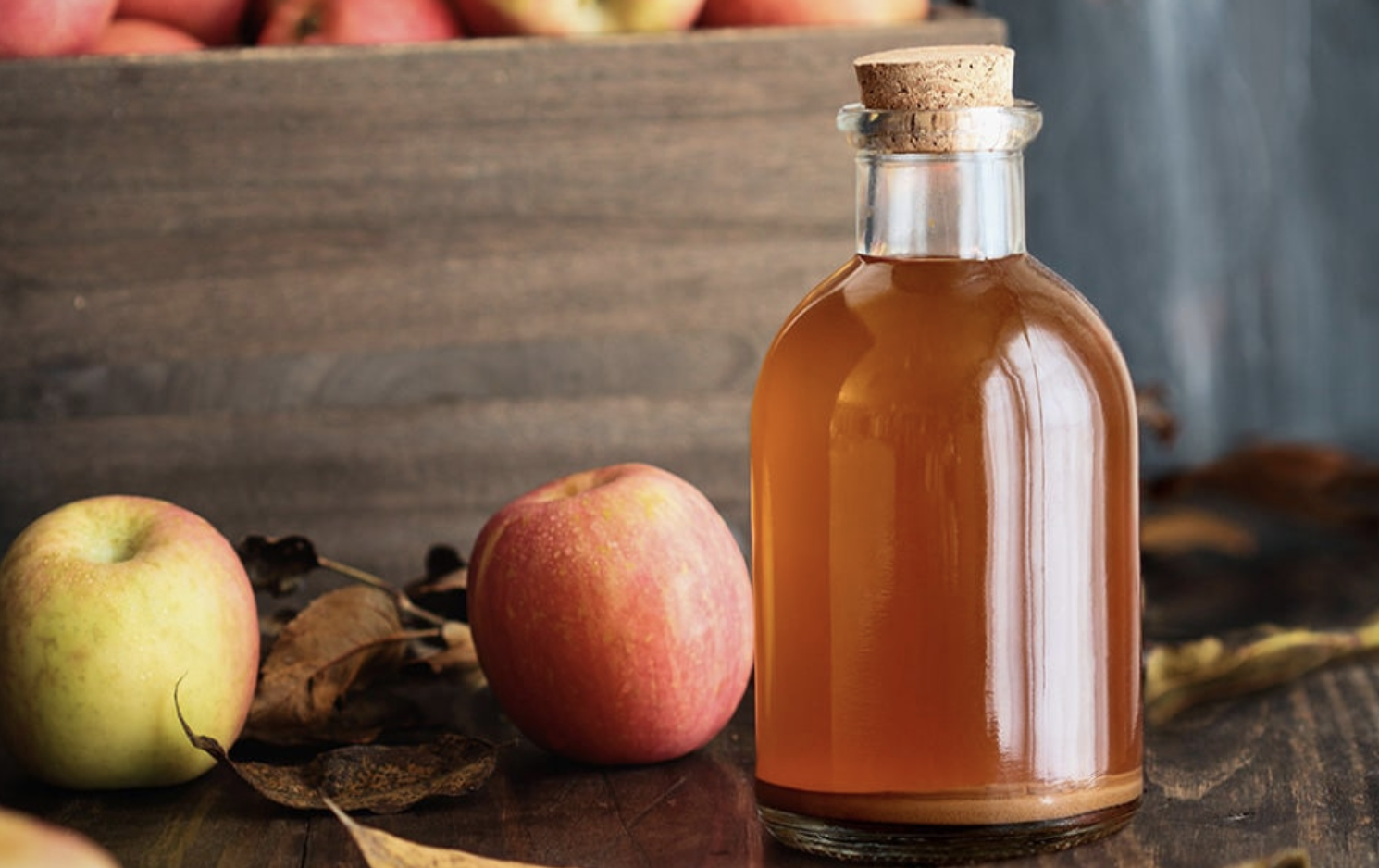

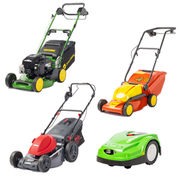

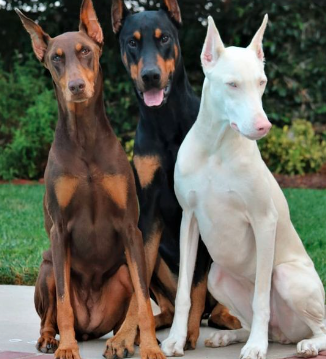
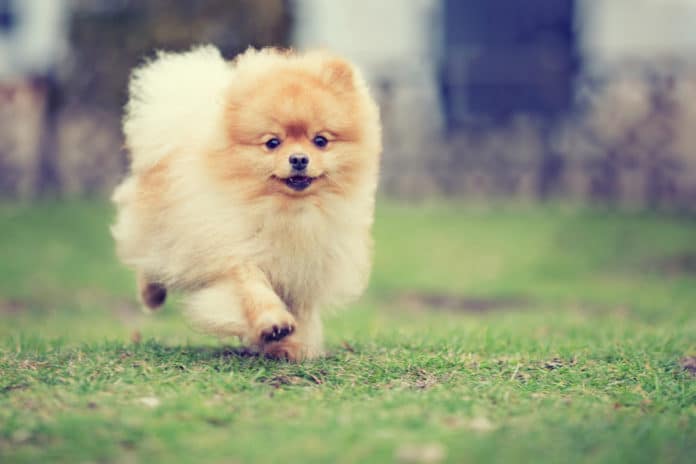

Find out how to remove the tartar on your dog's teeth
Grass mower a perfect lawn!
Under what conditions can you have an inflatable jacuzzi on its terrace or balcony?
Grandmother stuff: 3 stuff to remove a lawn stain